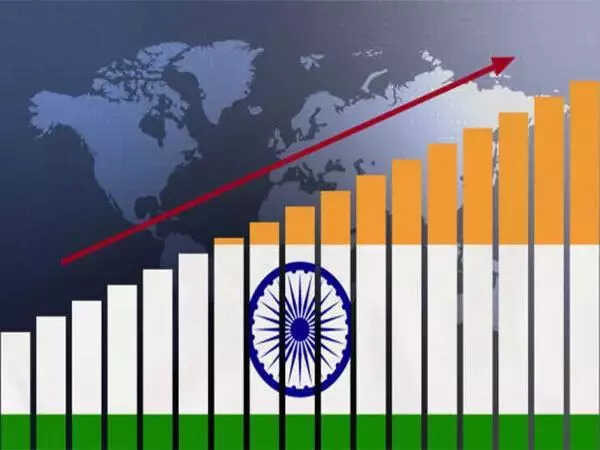India’s Credit Score Gets a Gold Star: What it Means for You
For the first time in what feels like forever (specifically, 18 years), India has earned a significant financial pat on the back. Standard & Poor’s (S&P), one of the world’s leading credit rating agencies, just bumped India’s sovereign rating up a notch to BBB, with a stable outlook. Think of it like this: India’s financial report card just went from “Needs Improvement” to “Solidly Passing,” and that change has ripples that extend far beyond just government balance sheets.
But what exactly does a sovereign rating mean, and why should you care? Let’s break it down.
Understanding India’s Improved Sovereign Rating
A sovereign credit rating is essentially a risk assessment of a country’s ability and willingness to meet its financial obligations. It’s a crucial indicator for investors, both domestic and international. S&P’s upgrade signifies increased confidence in India’s economic stability and its ability to repay its debts. BBB rating means India is deemed to have adequate capacity to meet its financial commitments. However, adverse economic conditions or changing circumstances are more likely to weaken the obligor’s capacity to meet its financial commitments.
For almost two decades, India languished at BBB-, just a hair above “junk” status. This new BBB rating places India firmly in the investment-grade territory, signaling a more secure and reliable environment for investment. This change is predicated on robust economic expansion, improvements to government policies, and an increased amount of political stability.
The Path to a Better Financial Standing
So, what fueled this positive shift? It’s not just one thing, but a confluence of factors. Over the past few years, India has demonstrated remarkable economic resilience, especially considering global headwinds. The government’s commitment to fiscal consolidation, combined with reforms aimed at boosting economic growth, has played a significant role. Think about initiatives like increased infrastructure spending, efforts to streamline bureaucracy, and policies designed to attract foreign investment. All of these contribute to a more favorable economic outlook.

Furthermore, the stable outlook attached to the BBB rating suggests that S&P believes India is on a sustainable path. This isn’t just a temporary blip; it’s a sign of long-term economic potential.
How this Upgrade Impacts You
Now for the crucial question: how does this seemingly abstract rating affect your everyday life? The answer is multi-layered:
* Increased Investment: A better credit rating makes India a more attractive destination for foreign investment. Global investors are more likely to pour money into Indian businesses and projects, leading to job creation and economic growth.
* Lower Borrowing Costs: When the government borrows money internationally, it does so at a certain interest rate. A higher credit rating translates to lower interest rates, saving the government money that can be used for other essential services like healthcare, education, and infrastructure.
* Stronger Rupee: Increased investor confidence often leads to a stronger rupee. This can make imports cheaper and help control inflation.
* Positive Sentiment: A positive credit rating can boost overall confidence in the Indian economy. This can lead to increased consumer spending and business investment, further fueling economic growth.
In essence, this upgrade has the potential to create a virtuous cycle of economic prosperity, benefiting everyone from large corporations to individual consumers. You might want to check out our article on [understanding market volatility](internal-link) and how global events influence Indian markets to learn more.
The Road Ahead: Challenges and Opportunities
While this upgrade is undoubtedly positive news, it’s important to acknowledge that challenges remain. India still faces issues such as income inequality, infrastructure gaps, and the need for further reforms to improve the ease of doing business. Maintaining this positive momentum requires sustained efforts to address these challenges and build on the progress made so far. Continued focus on sustainable growth, fiscal discipline, and policy reforms will be crucial in securing further upgrades in the future.
The upgrade is a testament to India’s economic potential and the government’s commitment to reforms. It’s a significant step forward, but it’s also a reminder that the journey towards sustained economic prosperity is a marathon, not a sprint. This improved India’s sovereign rating can act as a catalyst for growth, creating opportunities for businesses and individuals alike. It sets the stage for a more prosperous future, but the key lies in maintaining the momentum and addressing the remaining challenges head-on.
Ultimately, this upgrade isn’t just about numbers and ratings; it’s about building a stronger, more resilient, and more prosperous India for all.







